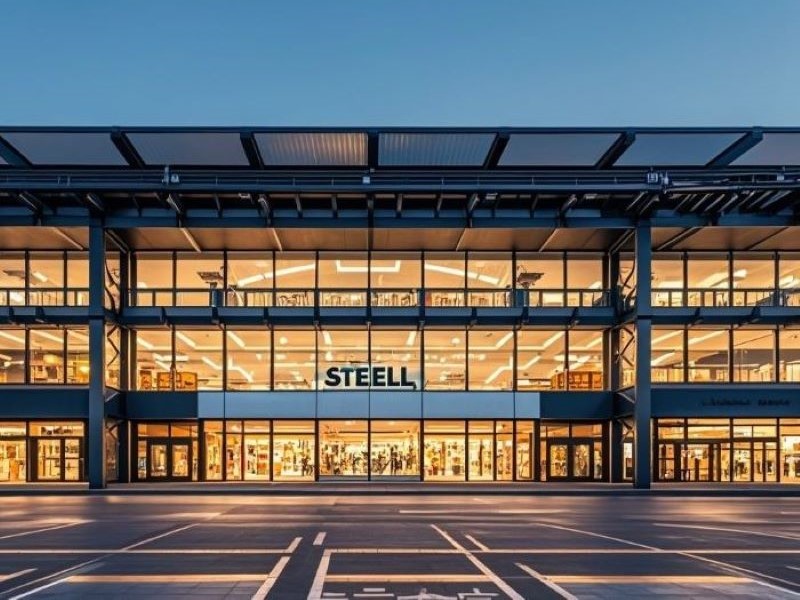Development History Of Steel Structure
After the 1960s, steel structure buildings entered a new stage of development. During this period, construction steel achieved breakthrough progress, further deepened calculation theory, began to widely use computer software, etc. Through the gradual popularization of steel structure buildings in engineering, its advantages such as low cost and multiple uses, short construction period, flexible use, low maintenance cost, good seismic performance, high comprehensive economic benefits, and compliance with the concept of sustainable development are fully demonstrated.
At present, the world's unique building material is steel. Steel structure has become the dominant building structure in developed countries and is widely used in high-rise and super-high-rise buildings, large-span and large-space buildings, large-scale and wide-ranging small and medium-sized industrial, commercial, community, cultural, educational and health buildings, and most low-rise non-residential buildings.

Steel structure buildings have also developed rapidly in my country. Since the coastal areas introduced light steel buildings in the 1980s, a number of steel structure factories, gymnasiums, and high-rise buildings have been built, and after the initial prosperity, the 1990s have seen an unprecedented prosperity, especially the completion of some iconic high-rise steel structure buildings (such as Shanghai Jinmao Tower, Shenzhen Diwang Building, etc.) and large-span steel structure buildings (Shanghai Pudong International Airport Terminal, Xiamen Convention and Exhibition Center, etc.), which opened a new chapter for the development of steel structure buildings in my country. The successful hosting of the 2008 Beijing Olympic Games and the 2010 Shanghai World Expo has rapidly improved the design and construction level of steel structure buildings in my country, and its achievements have become a consensus in the world architectural community.
Nowadays, steel structures rely on their variable spatial patterns and use overhead construction in design, which greatly saves the land occupancy rate, leaves space for beautifying the environment, and creates the colorful attributes of the city. Regardless of the size of the city, every street and alley, the figure of steel structure is almost everywhere.
